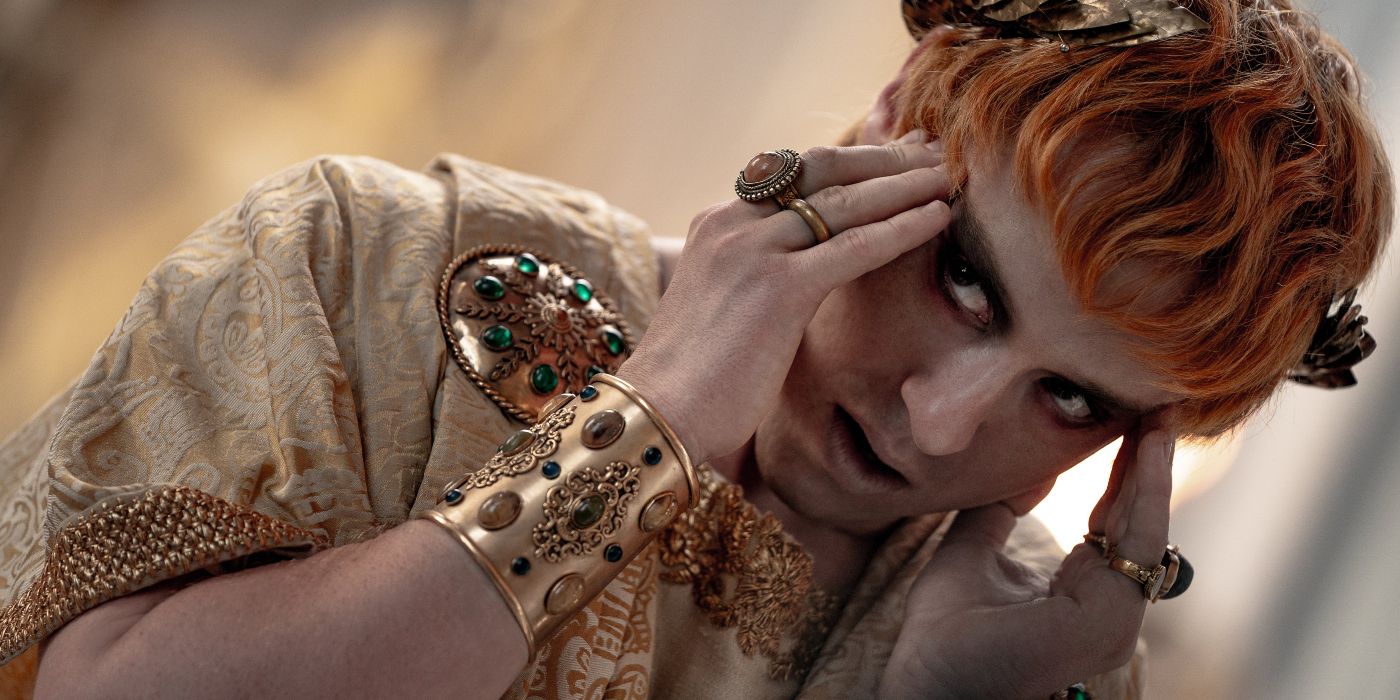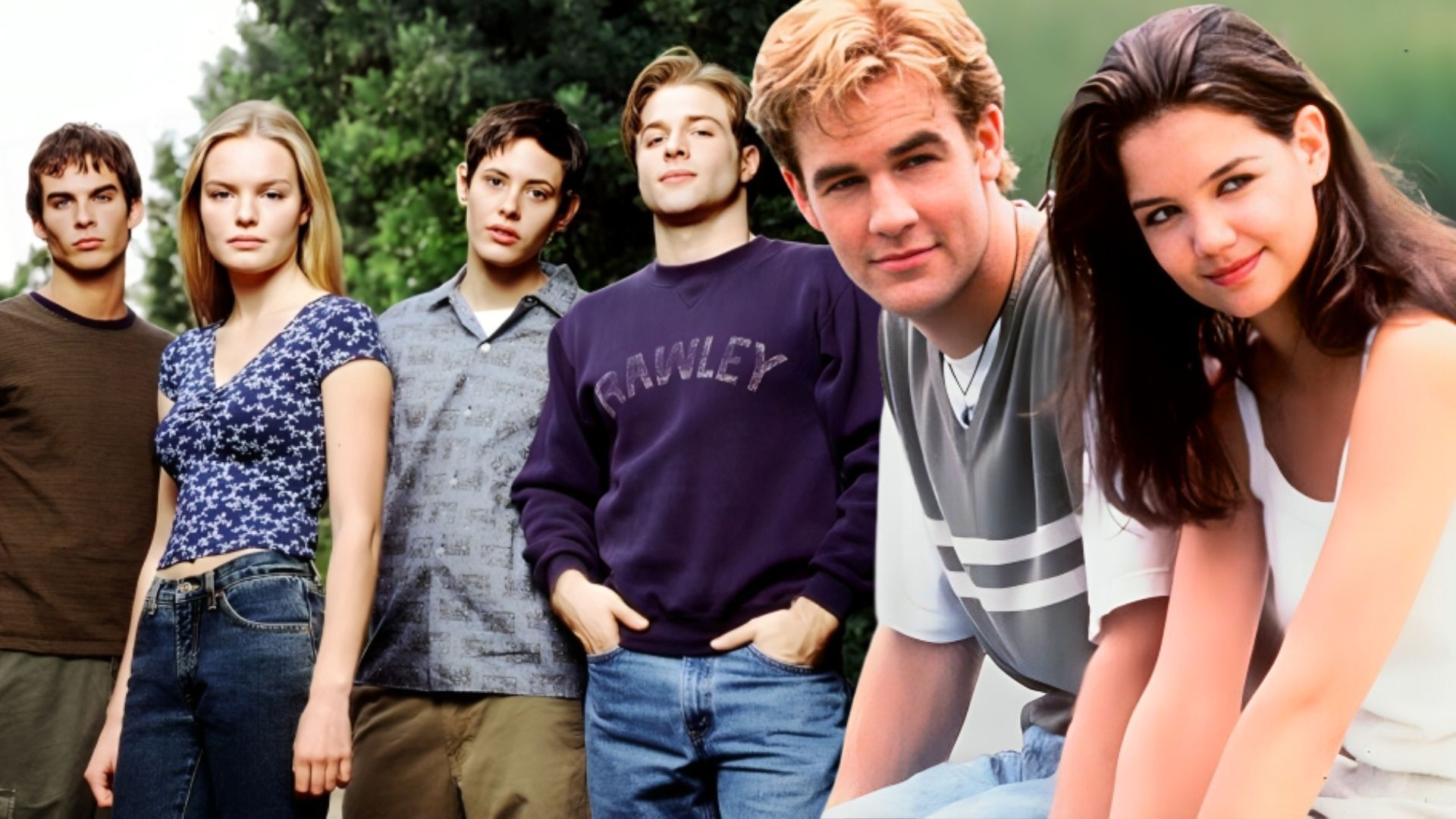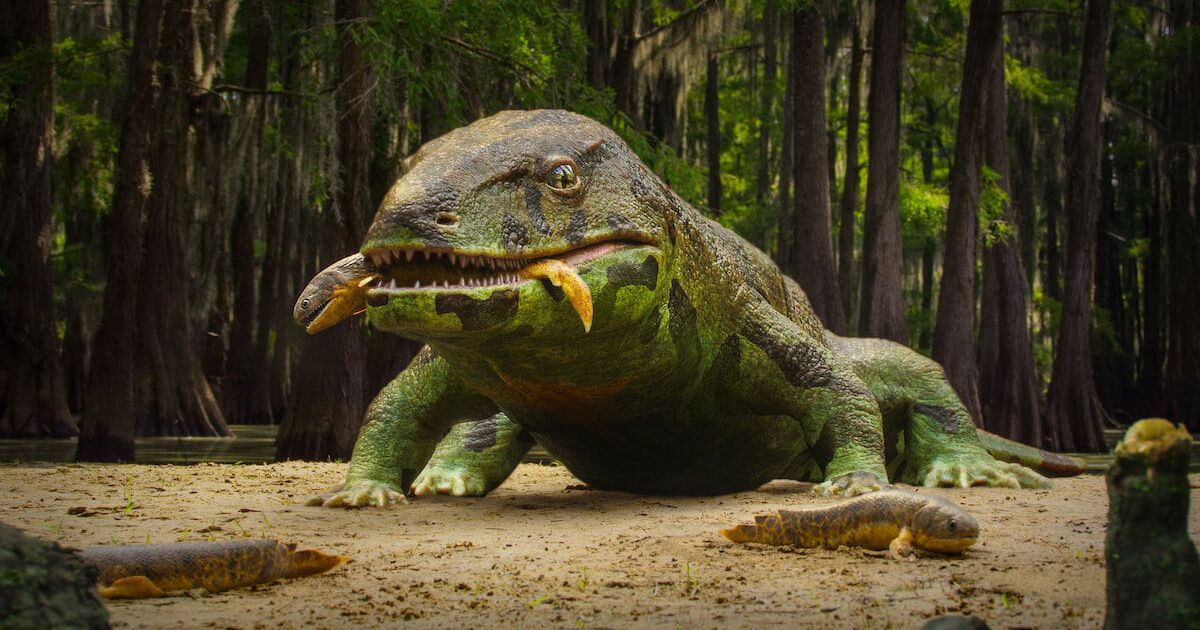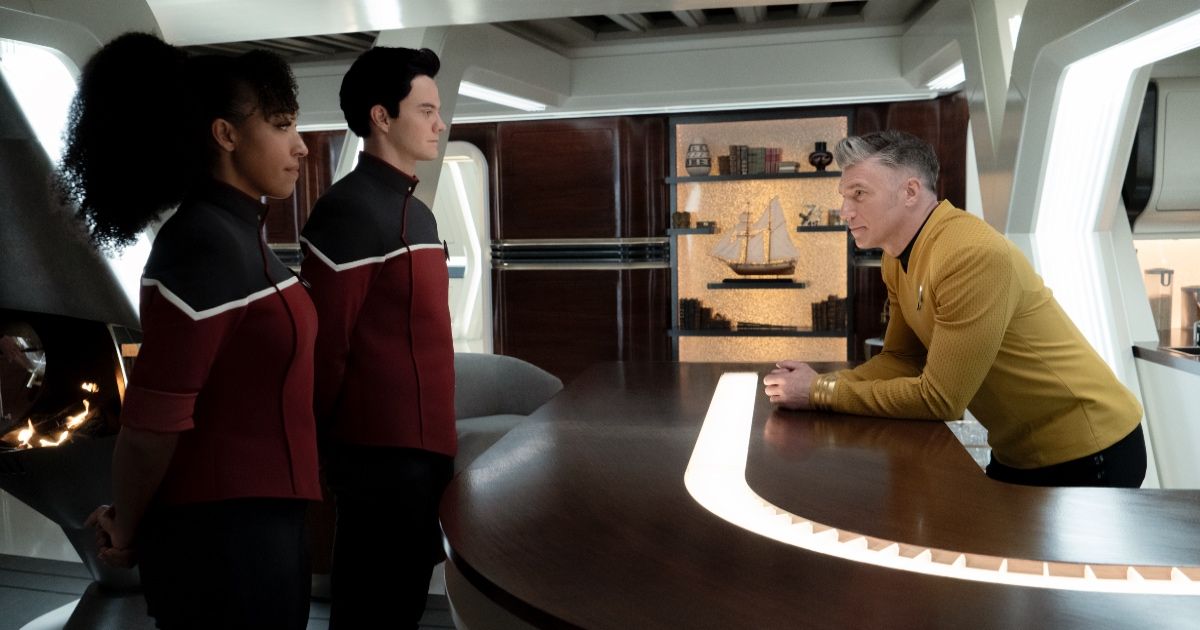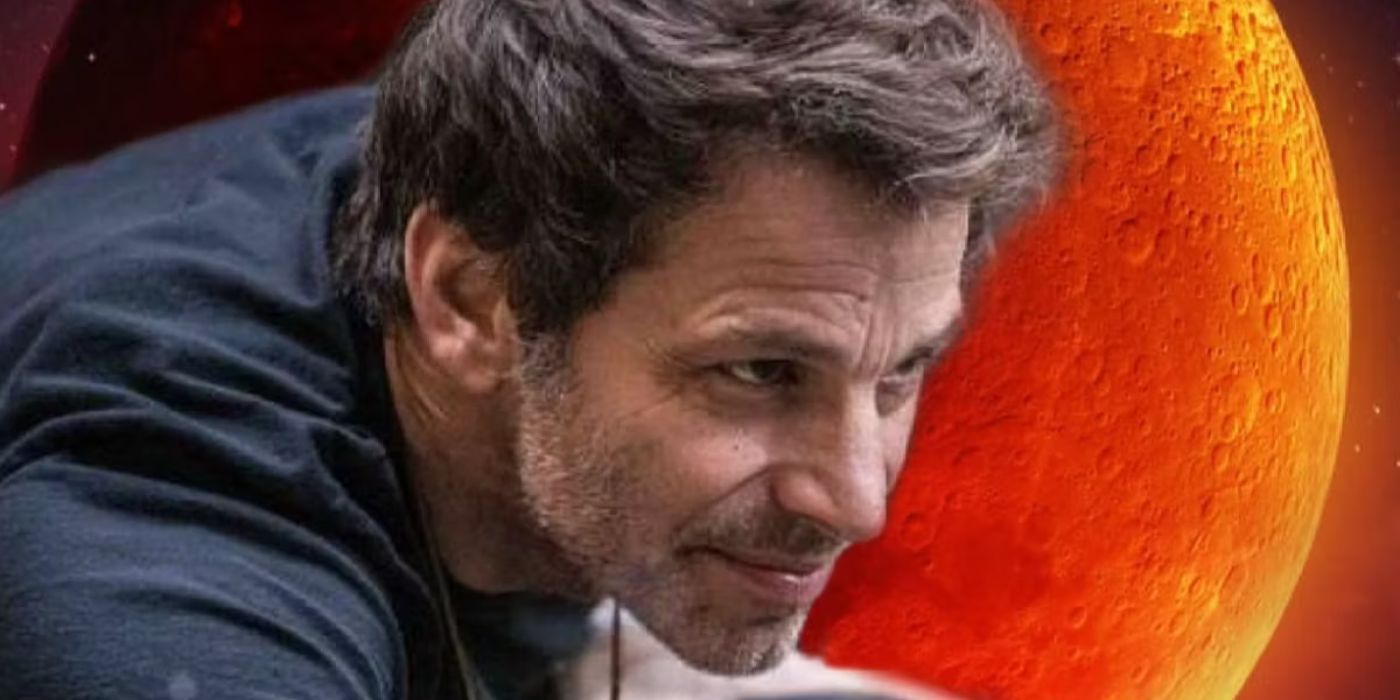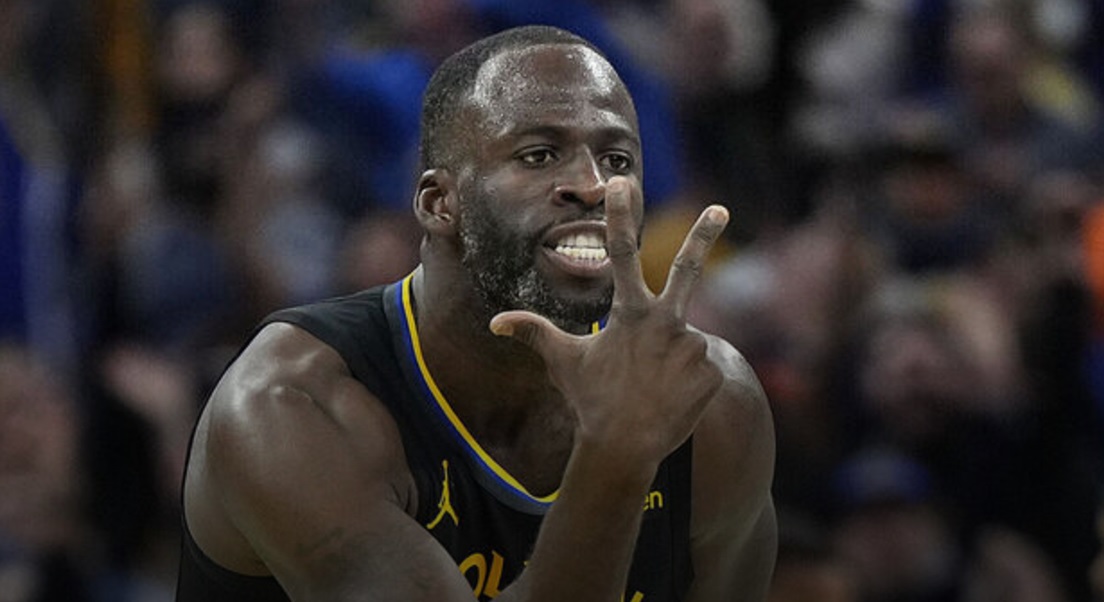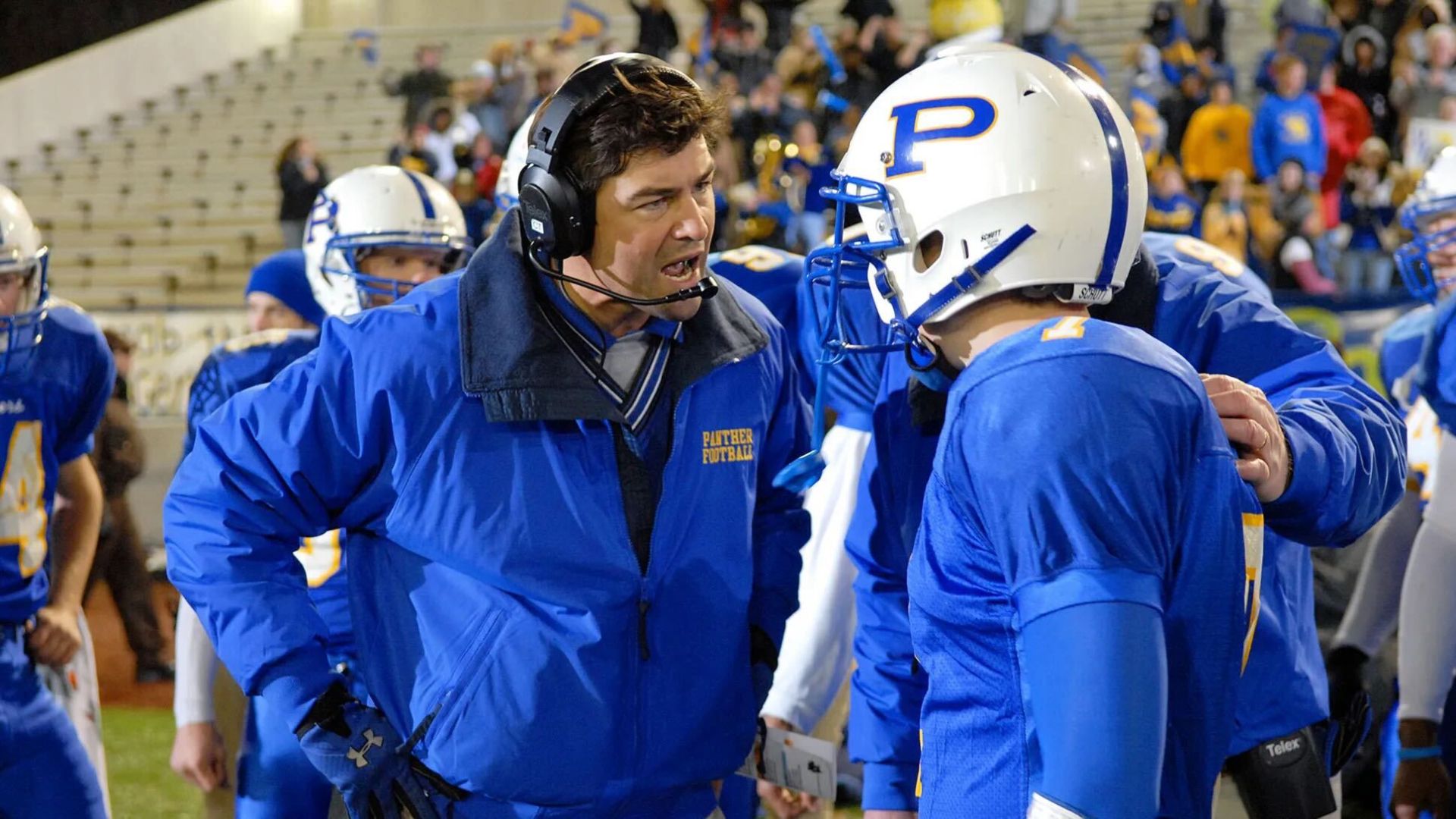With Steven Spielberg’s name stamped on your project, you’re already off to a solid start. Life on Our Planet is fortunate enough to have the blessing of the Oscar-winning filmmaker as an executive producer. Not to be confused with the biographical 2020 film about nature presenter David Attenborough (A Life on Our Planet), this is an exciting new nature docuseries about to drop on Netflix, a sort of follow-up installment to the acclaimed Our Planet that debuted on the popular streamer back in 2019. Clips from this new series were just showcased to a press crowd — MovieWeb included — during the lead-up to its premiere this week.
The event was held at the Amblin building on the Universal Studios lot in Southern California, where a number of acclaimed films have been produced over the decades, including some of Spielberg’s finest projects from the 1980s. “Amblin” has even become an adjective of sorts to describe things like Stranger Things or other shows with a nostalgic throwback to the studio which made E.T.
The Life on Our Planet event consisted of a behind-the-scenes, deep-dive conversation on how the series was brought to “life” with filmmakers Dan Tapster, Alastair Fothergill, and Keith Scholey from Silverback Films, Darryl Frank and Justin Falvey from Amblin Television, VFX supervisor Jonathan Privett, and scientific consultant Tom Fletcher.
Experiencing History in a Historic Theater
With powerhouse names like Industrial Light & Magic and Silverback involved, the series is more than able to use the latest tech and science to bring long-extinct creatures back to life. As the series kicks off, we hear a familiar voice narrating — yes, you guessed correctly: Oscar winner Morgan Freeman, who also narrated another Spielberg project back in the day, War of the Worlds.
Those who enjoyed Netflix’s Our Planet will surely eat up the visuals on display in Life on Our Planet. As we learned from the clips featured in the recent event, and from what the panel had to say, 99% of life on Earth is actually extinct, despite the fact that there are 20 million species still occupying our planet. The four-billion-year story of what happened to these past dynasties is thoroughly explored in the new series.
Fun fact: There have been a total of five mass extinction events thus far, plus a sixth that is currently in the works. Scary, right? With the help of paleontologists and more, the new nature series brings life forms known only from fossils to the big screen in shockingly realistic portrayals. Recent Hollywood projects have faced the drawbacks of trying to use cheesy green-screen effects due to budgetary restraints, but Life on Our Planet is fortunately not part of that group
Related: Best Amblin Movie Productions, Ranked
Lions, Tigers, and Bears (and Dinosaurs), Oh My!
Netflix
At Amblin’s recent event, the audience witnessed the visually arresting opening credit sequence, which sort of simulates the “tree of life,” effectively setting the stage for what’s to come on a visual and philosophical level. Viewers can thus expect to see the story of life unfold through its most pivotal moments — from single-celled life forms to animals migrating to land and also the sky.
Another clip detailed some ancient sabertooth tigers facing off against a seemingly unknown enemy in the wild. The fact that neither of these species look totally familiar indicates that Life on Our Planet viewers are in for some treats. The next excerpt we saw showed some terrifyingly large tentacle giants occupying the sea, plus an insightful breeding season sequence involving humpback whales. And then there was the infamous asteroid collision that wiped dinosaurs from existence forever…
Related: The Best Nature Documentaries Streaming Right Now
Are We on the Brink of Extinction?
Netflix
Some of the dinosaur clips called back to another Spielberg film: Jurassic Park, of course. When asked by the crowd if that comparison was intentional, Tapster was quick to say there are a number of Easter eggs sprinkled throughout the series for film buffs to consume. That was just one of the perks of actually seeing some of Life on Our Planet in a groundbreaking theater, featuring the brains behind the Netflix operation.
Plus, we learned some other factoids, such as the VFX chief confirming that just 40% of the footage we see is effects, with the remaining 60% being the actual natural history captured on our planet. Life on Our Planet might just stand out from the plethora of other nature documentaries since it mainly employs storytellers to bring each episode to life. Yes, we’re watching history play out as it actually did, but there’s a neat little narrative punch behind the clips we were fortunate enough to experience.
It’s hard to believe there are one billion extinct species thus far. When the audience asked the panel how they went out choosing which species to focus on for each episode, they agreed that it was a matter of selecting ones that best represented the story of life in their particular era. It’s clear, then, that the educational component behind Life on Our Planet made us wonder whether these episodes will ever be integrated into classrooms across the world. Dan Tapster was quick to say that it is certainly one of their intentions. Hopefully schoolchildren will be able to see it before the next mass extinction.
Life on Our Planet premieres globally on October 25, only on Netflix.
You can view the original article HERE.


